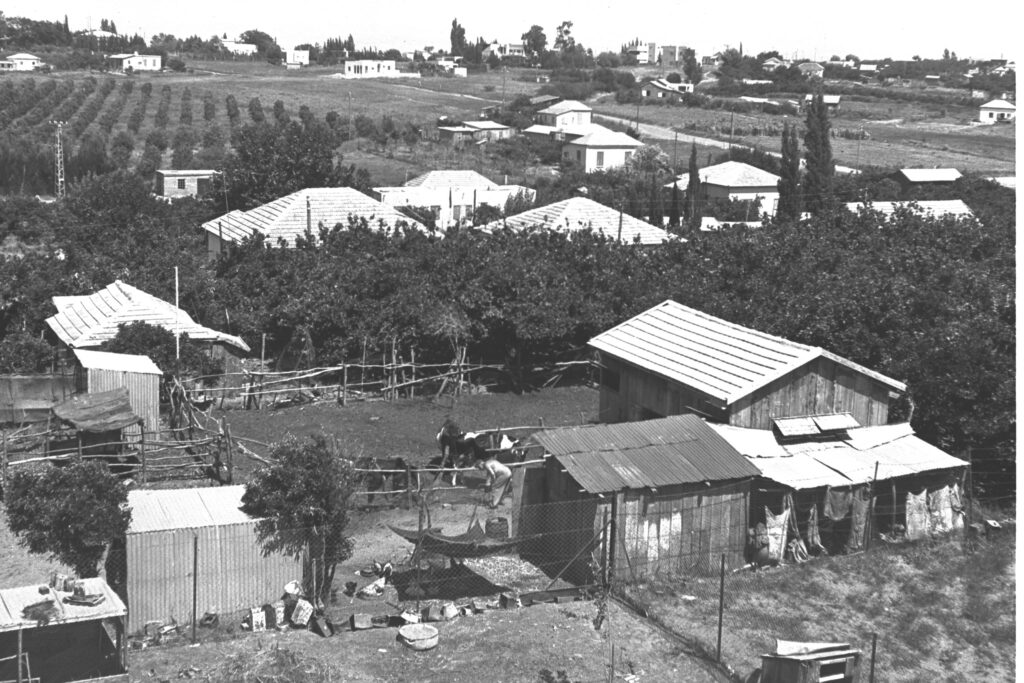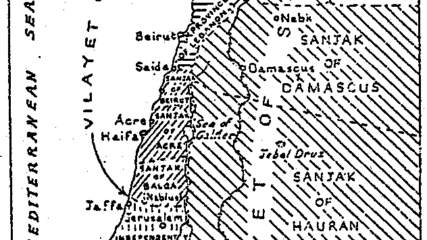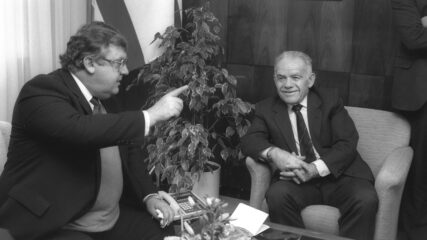November 3, 1878
Petah Tikvah (Gateway of Hope), now one of Israel’s 10 largest cities with more than a quarter-million residents, is established by a group of religious Jews desiring to leave Jerusalem and start an agricultural settlement. The group originally sought land near Jericho but could not get consent from the Ottoman authorities to transfer the ownership of the parcel.
Instead, the group purchases 3,400 dunams (roughly 840 acres) from a Greek owner near the Yarkon River and the Arab village of Mulabbis. (A dunam, a unit of land area used in the Ottoman Empire, equals 1,000 square meters.)
The initial settlement is short-lived because of disappointing harvests and an outbreak of malaria. By 1882, the town has only 10 houses and 66 residents. As conditions further deteriorate because of health hazards, the residents abandon the settlement.
In 1883, new immigrants from Russia, part of the Bilu movement to establish agricultural settlements in the Land of Israel, settle in Petah Tikvah and soon are aided by Edmund Rothschild, who provides money to drain area swamps. The draining of the swamps enables the new residents to plant citrus groves, which in turn lead to economic development and more residents. By 1900, 818 people live in Petah Tikvah.










